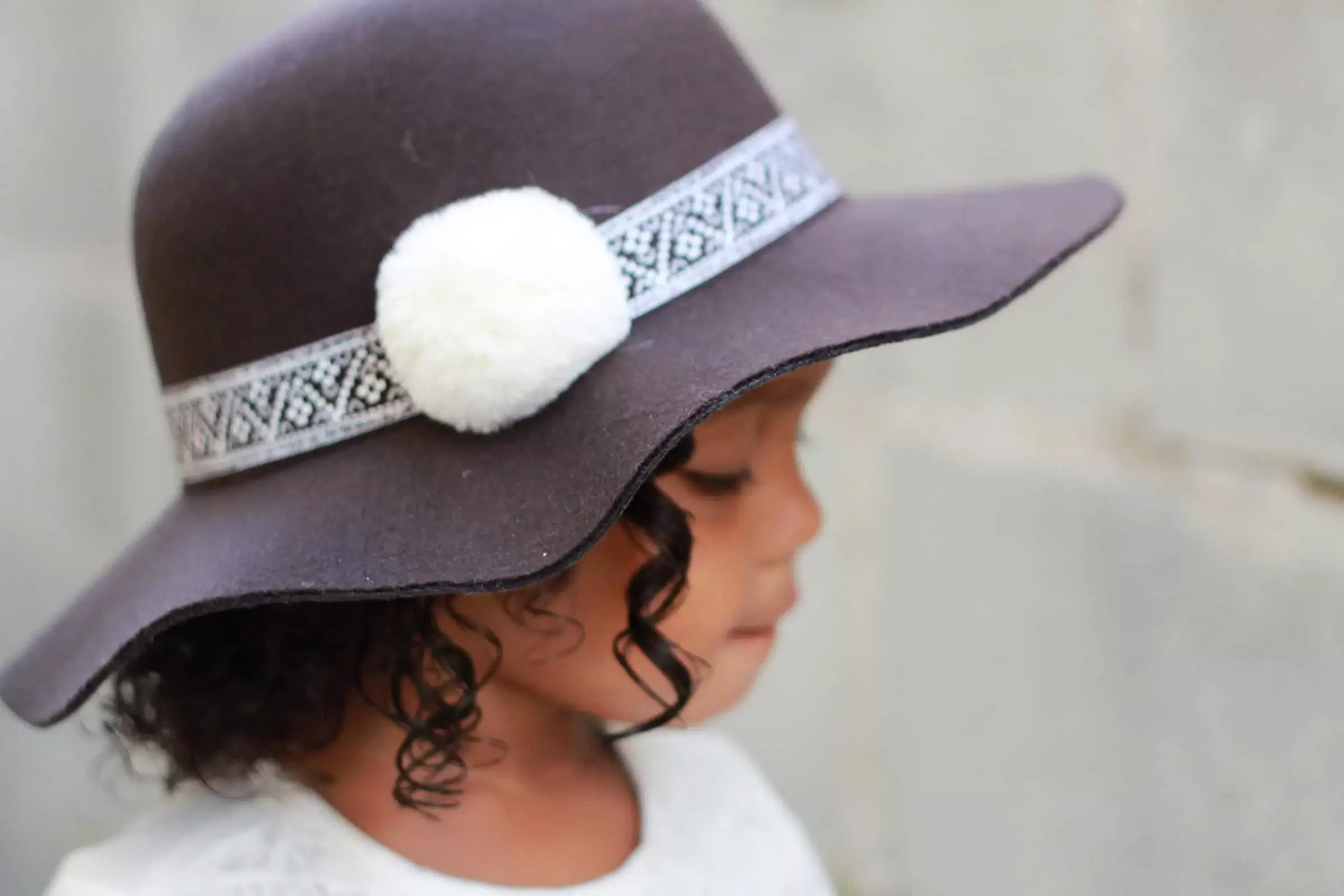Childhood fears often feel like overexaggerated phantoms to adults, yet they stem from profound developmental processes. Children embody an innate curiosity about the world combined with a vulnerability that makes them susceptible to various fears—everything from the loud clap of thunder to existential questions about life and death. These worries may be triggered by daily experiences or emerge arbitrarily as children absorb their environment and piece together what they can control. Understanding the roots of these fears is crucial; they are much more than whimsical imaginings—they are signposts of a child’s emotional and cognitive growth.
Particularly for very young children, the world appears new and daunting. Their burgeoning awareness of separation and individual existence introduces them to emotional complexities. When children grasp that they can exist separately from their caregivers, it signifies an incredible leap in development, yet it is often accompanied by anxiety. The turmoil of emerging independence often engenders fears tied to loss, danger, and the unpredictable nature of life itself.
The Evolution of Fears Across Developmental Stages
Infants exhibit signs of fear almost immediately; sudden loud noises can trigger alarm due to their still-developing understanding of the environment around them. By the time they reach 7 to 12 months, many recognize the concept of object permanence—understanding that people and things continue to exist even when they’re out of sight. This newfound awareness also brings stranger anxiety, as the child becomes selective about who to trust, associating safety with familiar faces.
As children progress into toddlerhood and early childhood, fears expand and morph. For many, simple objects can spiral into sources of terror—creatures like dogs or extraordinary machines can loom larger than life. The imaginative prowess of a three- to four-year-old can trigger vivid nightmares, making the boundary between fantasy and reality hazy. As a child reaches kindergarten age, they might develop fears of darker themes, like supernatural entities or more abstract dangers.
When kids hit the ages of nine to twelve, the fears often encompass greater complexities. They may begin to stress over academic performance or peer comparisons. The transition from innocence, characterized by a simple understanding of ‘good’ and ‘bad,’ to a more nuanced comprehension of societal dynamics can amplify anxiety. In contrast, pre-adolescence introduces worries about the future. As social beings, children navigate intricate relationships and compare their evolving selves to their peers, leading to fears that can feel all-consuming.
Fostering Security Through Connection
In navigating these fears, a child’s primary source of comfort must come from trusted caregivers. Adults play a pivotal role, providing steadfast reassurance and a safe space for open dialogue. When children express fears, they need to be met with understanding rather than dismissal. Listening attentively fosters an environment where children feel comfortable sharing their thoughts. It’s essential for adults to engage actively—reflecting on what they hear rather than jumping straight to solutions. This nuanced approach not only validates feelings but also nurtures emotional resilience as children confront their fears.
In particularly acute cases where fears become more pronounced, integrated strategies from therapeutic resources can be beneficial. Books aimed at tackling childhood anxiety can guide both caregivers and children in developing coping mechanisms, helping create a toolbox of strategies for managing worries.
Playing Through Fears: Transforming Play into Courage
As children explore their fears during play, they engage in a unique form of learning. By confronting frightening situations in a controlled manner, they begin to understand and gradually diminish their anxiety. Simple activities, such as playing hide-and-seek or crafting narratives about overcoming monsters, empower them to “play out” fears, transforming moments of panic into learning experiences.
Moreover, addressing courage involves adults nurturing a child’s ability to face discomfort by gently encouraging exploration of new situations. Children under seven may struggle with balancing their emotions—fear can easily overwhelm them, resulting in resistance or frustration. Thus, guiding them through challenges with an empathetic hand is essential. As children grow older, acknowledging their fears and discussing them helps provide clarity, empowering them to find strength in vulnerability.
The Healing Power of Tears and Expression
Acknowledging the emotional turmoil that fears can provoke in children is vital. Encouraging children to articulate their sadness or disappointment can provide a cathartic release. Whether it’s the fear of losing a friend or the anxiety associated with growing older, allowing space for these feelings to emerge can lead to resilience in the face of future worries. Lamenting, crying, or simply expressing one’s feelings can be powerful antidotes to fear, helping solidify a child’s emotional foundation moving forward.
Ultimately, as a child’s understanding of their fears evolves, so too should the methods by which caregivers offer guidance. The transition from dependency to autonomy will continuously influence how fears manifest. Acknowledging this complex interplay of emotions assists in their development, ensuring that as they mature, they find both courage and valuable connections in the face of life’s inevitable worries.

